Top 10 Interesting Facts About Animal Psychology
It seems unreasonable for animals to be so complex. Generally, the term "animalistic" refers to anything being naive or at least unsophisticated. But much like ... read more...human communities, there are different facets to their mentality. Their interactions with humans are complicated and full of surprises. Animals of all kinds, whether domesticated or savage, invertebrate or vertebrate, are more peculiar than you might think in many ways. In some ways, though, it's saner than anticipated. Here are someInteresting Facts About Animal Psychology.
-
It's a common belief that having pets is beneficial to human health. For instance, according to a 2019 study published by the American Heart Association, owning a pet dog cut owners' mortality rates by 24% by encouraging frequent, moderate exercise through walks. But, the effects are not as clear-cut or as uplifting when it comes to mental health, such as fighting depression.
The Independent looked at 30 studies in 2019 to determine how pets affect their owners' mental health. There was little evidence that pets helped owners deal with sadness, which was an interesting but depressing finding. In fact, owners were more depressed than non-owners, according to five research. Although five may not seem like a lot, it is the same number of people who said that pets might cure or prevent depression. It turns out that despite their potential as a motivator, they have not been proven to be effective as instruments for mental wellness.

Image by Arina Krasnikova via pexels.com 
Image by Arina Krasnikova via pexels.com -
There is a widespread belief that reptiles cannot have emotions, just like insects. The term "cold-blooded" is used to describe someone who is uncaring. The reverse is actually quite close to the truth. Also, it is not a recent finding. These results were covered by Psychology Today in 2013.
For instance, reptile behavior research was first published in 1967 by Professor Gordon Burghardt of the University of Tennessee. His discoveries included the discovery that juvenile reptiles continued to engage in the type of "play" activity that we typically associate with mammals and other creatures of a similar caliber. He added that parents of reptiles have maternal instincts. He observed reptile mothers acting like mothers in a similar way.
Findings from the British Veterinary Association were even more convincing. The effects of captivity were shown to be more severe in reptiles than in mammals, according to a study that was submitted to the British Medical Journal and principally attributed to Clifford Warwick. They went beyond reptiles picking up behaviors like hissing, head-covering, anorexia, and other behavioural problems. Their heads and bodies would grow and shrink, and even the skin's color would alter. If anything, stress-related emotional reactions are too much of a problem for captive reptiles.
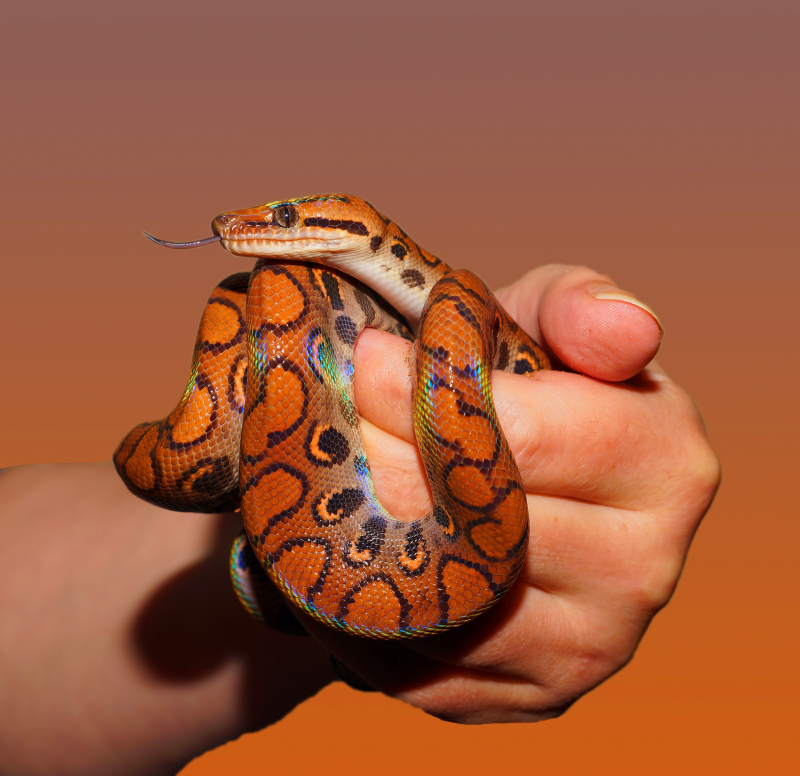
Image by Pixabay via pexels.com 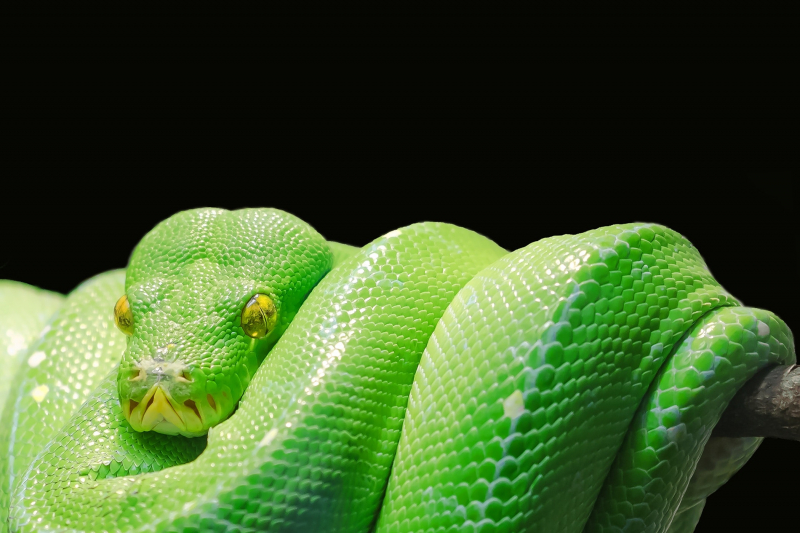
Image by Pixabay via pexels.com -
For anyone with even a passing understanding of an insect's biology, it would seem quite obvious that they are incapable of feeling emotions. Even the brains that we understand do not exist in insects. They have ganglion, which are essentially little cell clusters all over their bodies that regulate particular groups of appendages. How could they experience emotions if they didn't have emotional centers in their brains? The University of London carried out one of the more insightful examinations of this idea. They published the results of their colorful flower tests in 2016.
Yellow flowers contained a liquid that was far less rich in sugar than blue-green blooms, which had a sweet liquid. As a result, bees started to quickly fly to the blue-green blossoms. The bees were less conditioned to fly to those flowers for their sugar reward even when similarly concentrated liquids were placed in blooms of different colors.
Nevertheless, the propensity vanished when dopamine-blocking drugs were administered, showing that the expectation of a reward made the bees less driven and hopeful that they would enjoy a blue-green nectar. This clearly demonstrated that in the absence of an emotional reward, even survival instincts were insufficient as a motivator.
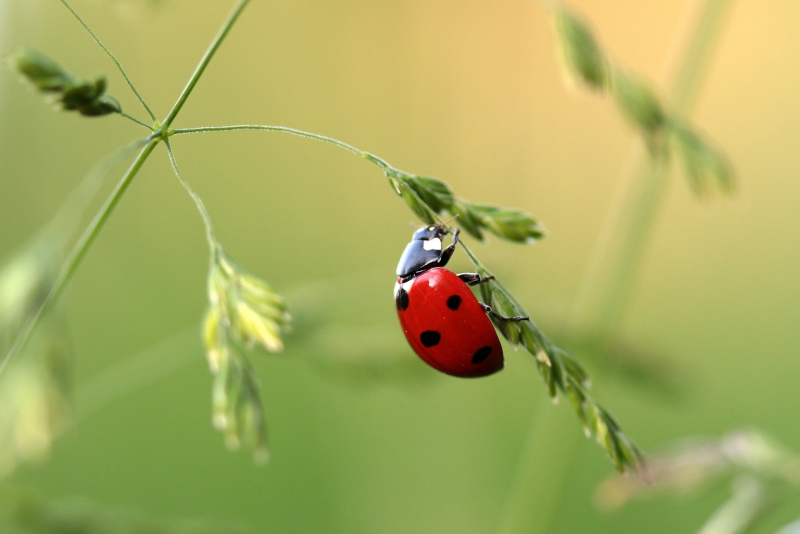
Image by Pixabay via pexels.com 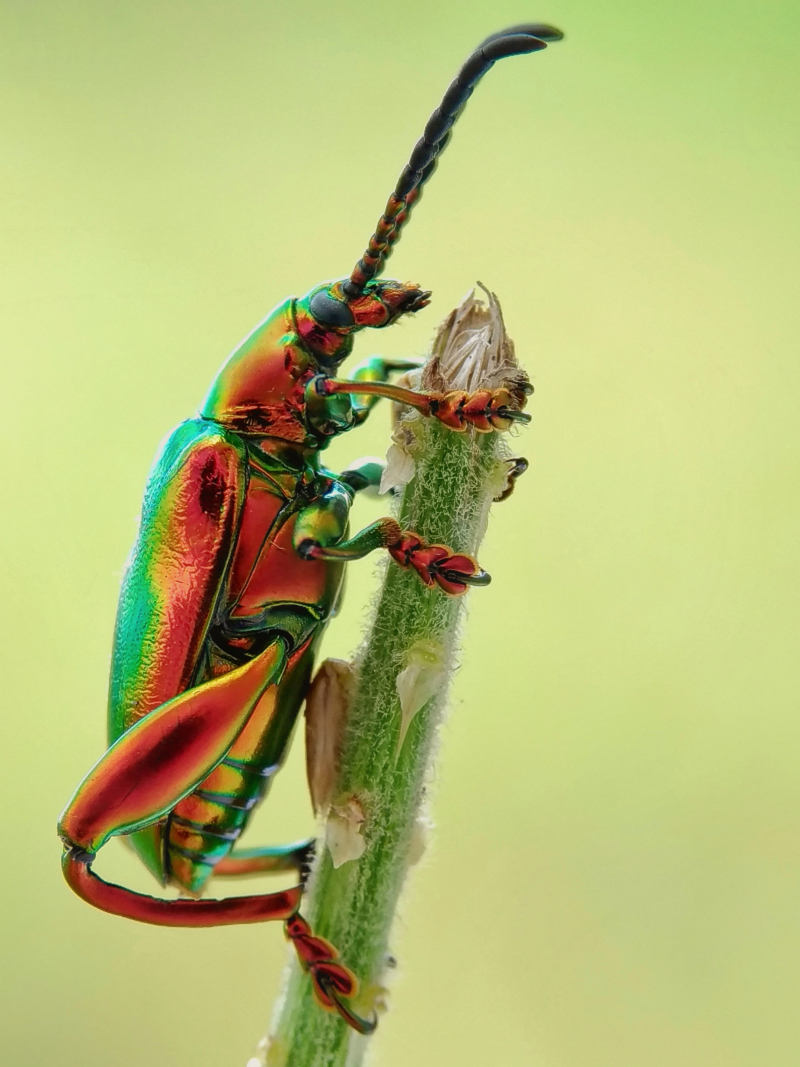
Image by Bambang Suryadi via pexels.com -
Cows are incredibly expressive, as anyone who has watched the various videos posted online of them being let out into fields after spending the winter inside can attest. The term "cow eyes" was first used to describe how wide their eyes can open. But for cows, what we would interpret as fear or astonishment in humans actually means something very different. It's the expression they have when they are joyful.
This wasn't confirmed in a rapid or simple manner. It required 436 eye pictures and observations of 13 dairy cows during a two-month period in 2015 by Helen S. Proctor and Gemma Cardner for Elsevier Incorporated. Contrary to what most people believe, they discovered that when the cows were caressed or given other forms of positive attention, more of their eye whites were exposed. An average of 44.8% of the eye whites were found to be visible when the cows were being tested, which appears to be an incredibly accurate measurement of the surface area of an eye for assessing a cow's emotional condition. But guess what? It's worthwhile to ensure Betsy is content.
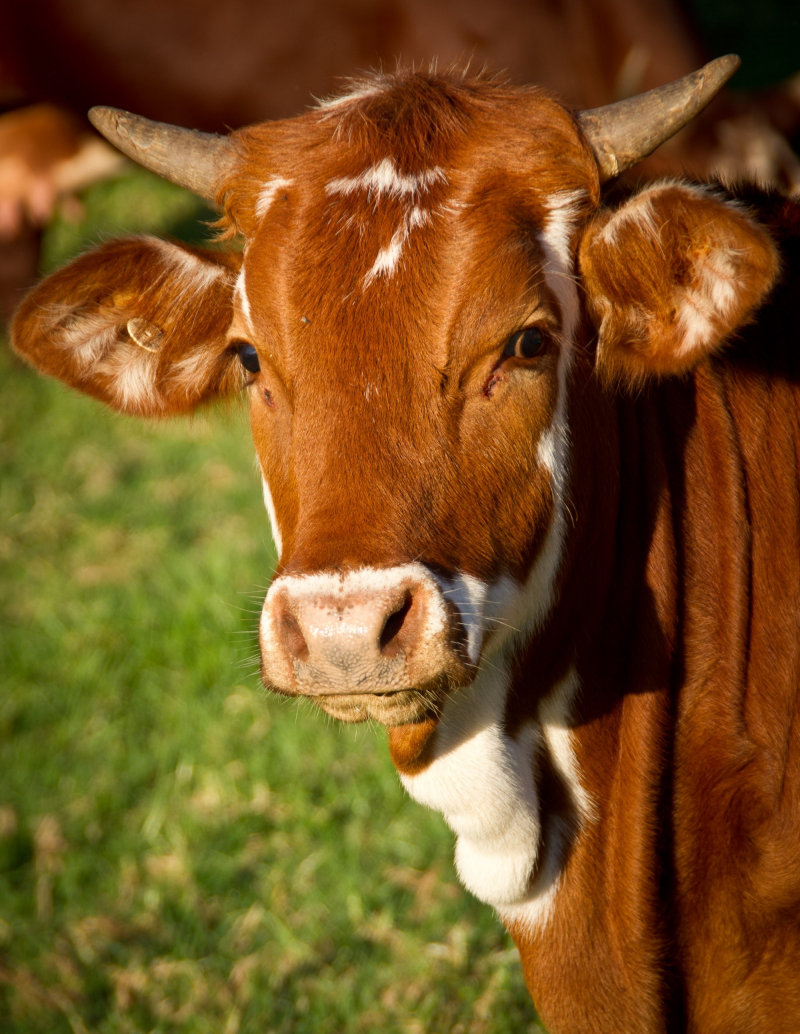
Image by Pixabay via pexels.com 
Image by Pixabay via pexels.com -
Schizophrenia occurs when a person's sensory processing is compromised in a way that leads them to receive false information about their environment, frequently in the form of visual or auditory hallucinations. It is frequently confused for dissociative identity disorder. It affects about 1% of individuals, according to Dr. Joel Dudley of Mount Sinai, so it's not at all uncommon. Nonetheless, it appears that only adults are affected by schizophrenia, despite thousands of research that might have shown it in animals.
Theoretical speculations about why this is the case have taken some quite dramatic turns. In 2015, the aforementioned Dr. Dudley made the claim that schizophrenia has only ever been seen in humans as an effect of evolution. As proof, the genes linked to the genes that enhance the risk of schizophrenia can be identified in human accelerated regions, which are areas of the genetic code unique to humans. It would be enough to make a human envious of other animals, as many people who endure voices and visions on a regular basis would tell you.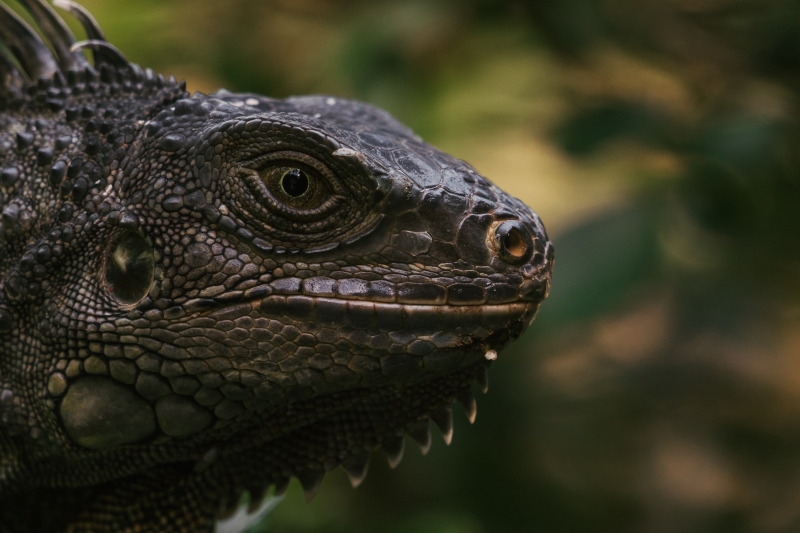
Image by Mikhail Nilov via pexels.com 
Image by Pixabay via pexels.com -
In 1995, a news item on complex mutations in American frogs caused by industrial pollution first surfaced. As anthropogenic activities have caused more biological change in frogs, examples include how the herbicide atrazine was discovered to alter frog genders (famously described as the chemicals "making the frogs gay"). It turns out that humans haven't just been using chemical weapons inadvertently on frogs. Massive psychological assaults have also occurred only as a result of our outside lighting.
French scientists conducted a study on 36 toads, and it was released in February 2019 in Conversation Physiology. It was discovered that nocturnal toads were so confused about whether it was day or night that the presence of artificial light from a street lamp or outside lighting for a company would impact their metabolism, oxygen intake, and activity.
Lights that are bright enough to reach 20 lux (roughly one-fifth of what is regarded as safe lighting for a warehouse during work hours) may cause amphibians to become fatally undernourished or, at the very least, reduce their levels of activity to the point where they are unable to grow as they should. But, it is an issue for local ecosystems. Nightlife establishments probably don't want to go out of business, and transportation officials don't want to dramatically increase traffic accidents to protect toads from becoming confused.
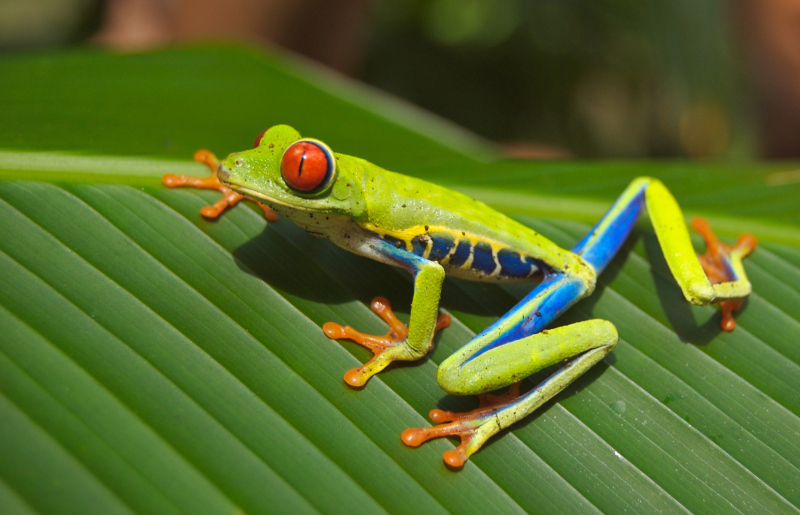
Image by Pixabay via pexels.com 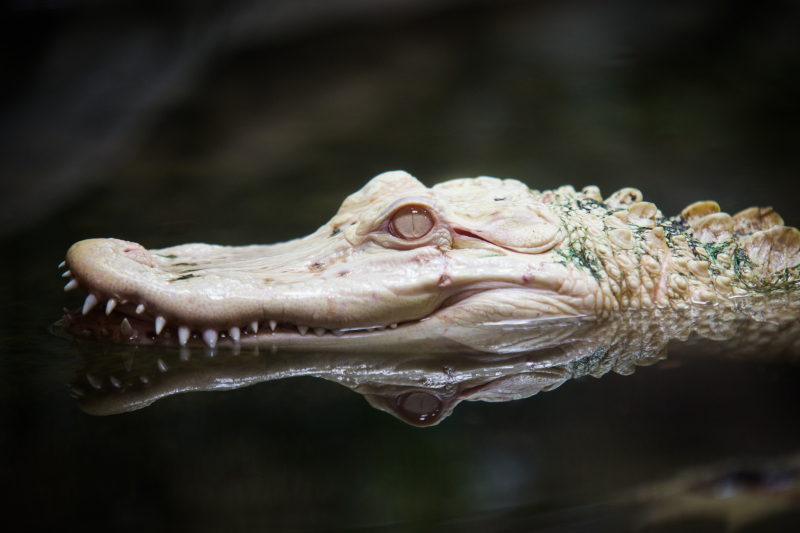
Image by Pixabay via pexels.com -
Many, many people discovered in 2013 thanks to a popular comic by The Oatmeal that despite being well-fed, allegedly domesticated cats are among the deadliest creatures on the planet. In 2013, household cats killed an estimated 100 million animals in the UK alone. Pet cats have now either contributed to or been the main reason for 63 animal extinctions. These are creatures that cats typically don't even try to eat—they merely kill them for the fun of killing.
However, there are alternatives to having all cat owners place their animals under strict house imprisonment. It wasn't the original official solution of attaching bells to cats, as cats were still able to hunt covertly enough to avoid hearing them ring, and it had no appreciable effect on kill counts. In large part, it involved adding actual meat to cat food that otherwise simply contained inexpensive kernels and the like.
Giving cats five to ten minutes of playtime that mimicked the excitement of a search for the pets and appeared to get it out of their systems was another option. Surprisingly, while playtime decreased the amount of domestic cats that murdered animals, it had no impact on how likely they were to kill birds. . Cats were 42% less likely to murder birds when genuine meat was present, but not less likely to kill mammals. We've all had pets who were picky eaters, but the concept of picky murderers is new.

Image by Dids via pexels.com 
Image by cottonbro studio via pexels.com -
Mothers' protective instincts toward their young is one component of animal psychology that we would suppose is innate. There are several instances of this in nature documentaries. There are numerous videos of this on YouTube that have amassed millions of views. After all, it stands to reason that any species whose ability to reproduce isn't given top priority will probably become extinct quite rapidly. But in some species, the females will fully override the initial reproductive instinct—not out of necessity or for any other reason, but only because a new male has appeared.
For instance, the geladas are an Ethiopian primate that live in groups led by an alpha male. It has been shown that the number of miscarriages among the community's females can increase by as much as forty times if another male murders that individual. Although this phenomena was initially noticed among gelatos in 2012, Dr. Hilda Bruce originally noticed it in mammals in 1959 while noticing a sharp spike in mouse abortions when she placed young male mice alongside pregnant females. The Bruce Effect is the name given to this naturally occurring increase in miscarriages, and it must rank among the less honorable names in biology.

Image by patrice schoefolt via pexels.com 
Image by David Kanigan via pexels.com -
Speaking of disorders in dogs, they are just as common as obsessive compulsive disorders in people. Dogs who overly lick their paws are one of the most typical symptoms of this. Although it may seem like a harmless behavior, dogs have been known to become susceptible to various bacterial illnesses in their paws as a result of this practice. Another common OCD activity for dogs is the constant gnawing or sucking of blankets.
National Geographic reported research from Purdue University in 2013 showing that canines with OCD reacted to its treatment in a similar manner to humans. Doberman pinschers were the breed of dog chosen in the study because a startlingly high 28% of them have been discovered to have OCD. This suggests that, whether or not it feels morally right, using dogs to test new and improved OCD treatments on people will be highly helpful.
Image by Goochie Poochie Grooming via pexels.com 
Image by Anna Shvets via pexels.com -
Animals that live long enough to develop tooth decay or gray hair are rare in the natural world. Functionally, it is unknown whether there are any animals that can develop Alzheimer's and its analogues. Animals who already have worn-down teeth and hip issues are unable to continue living in nature when they have significantly lost their memory and instinct.
In order to find animals that live long enough to have this ailment, which is prevalent and thoroughly studied in dogs, you must seek to pets. This condition is officially known as canine cognitive impairment (CCD). Changes in sleep habits, strange routes taken when strolling around the house, incontinence, anger, and a lack of interest in family members are all warning signals.
Thankfully, CCD can be effectively treated to some extent. One such approach is providing them with foods high in fatty acids and antioxidants rather than just plain kernels. For another, exposing them to novel surroundings, allowing them to interact with others, and receiving other types of stimulation will maintain their cognitive function. It appears that teaching an aging dog new tricks is not only possible but also neurologically sound.

Image by Pixabay via pexels.com 
Image by Simona Kidrič via pexels.com































